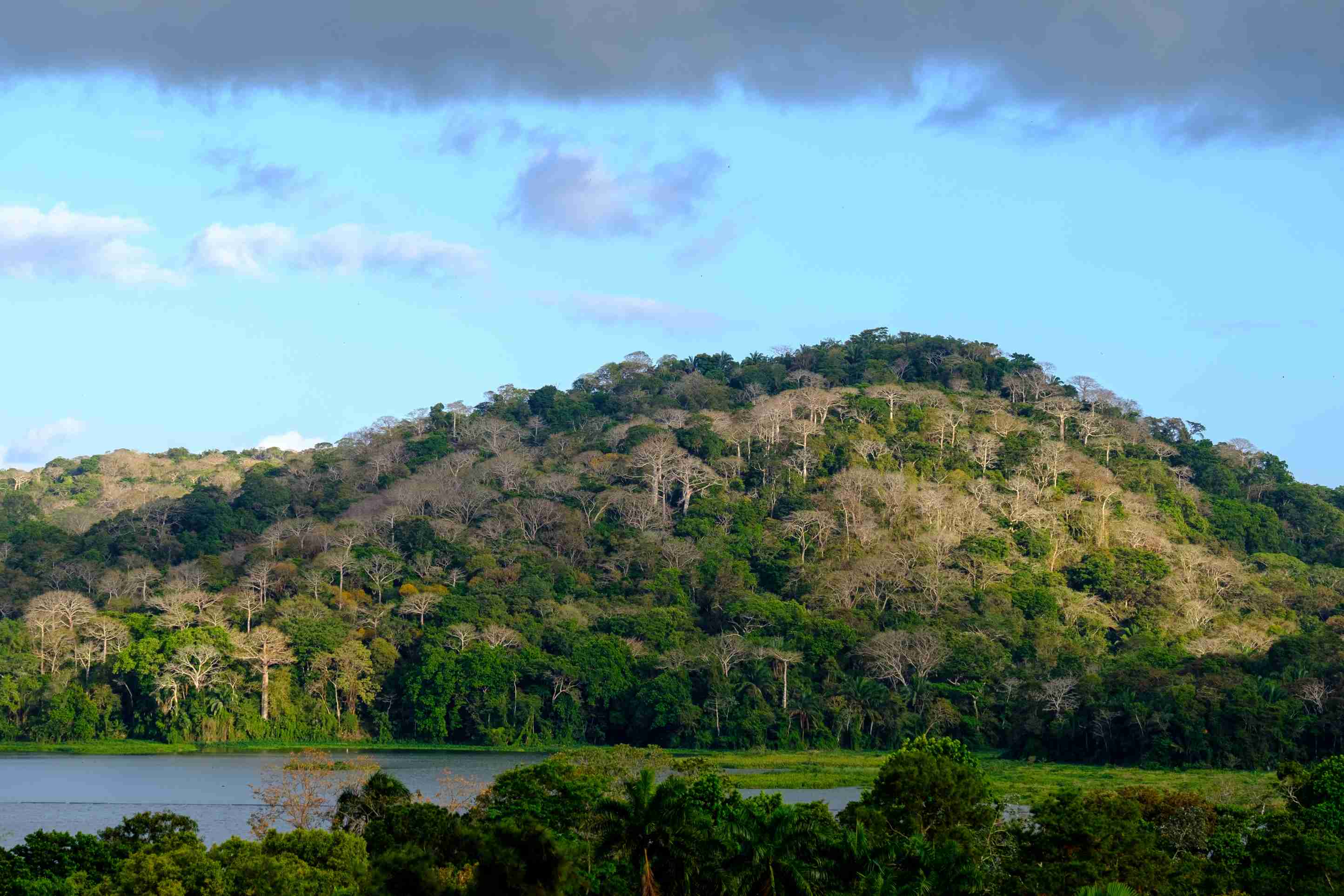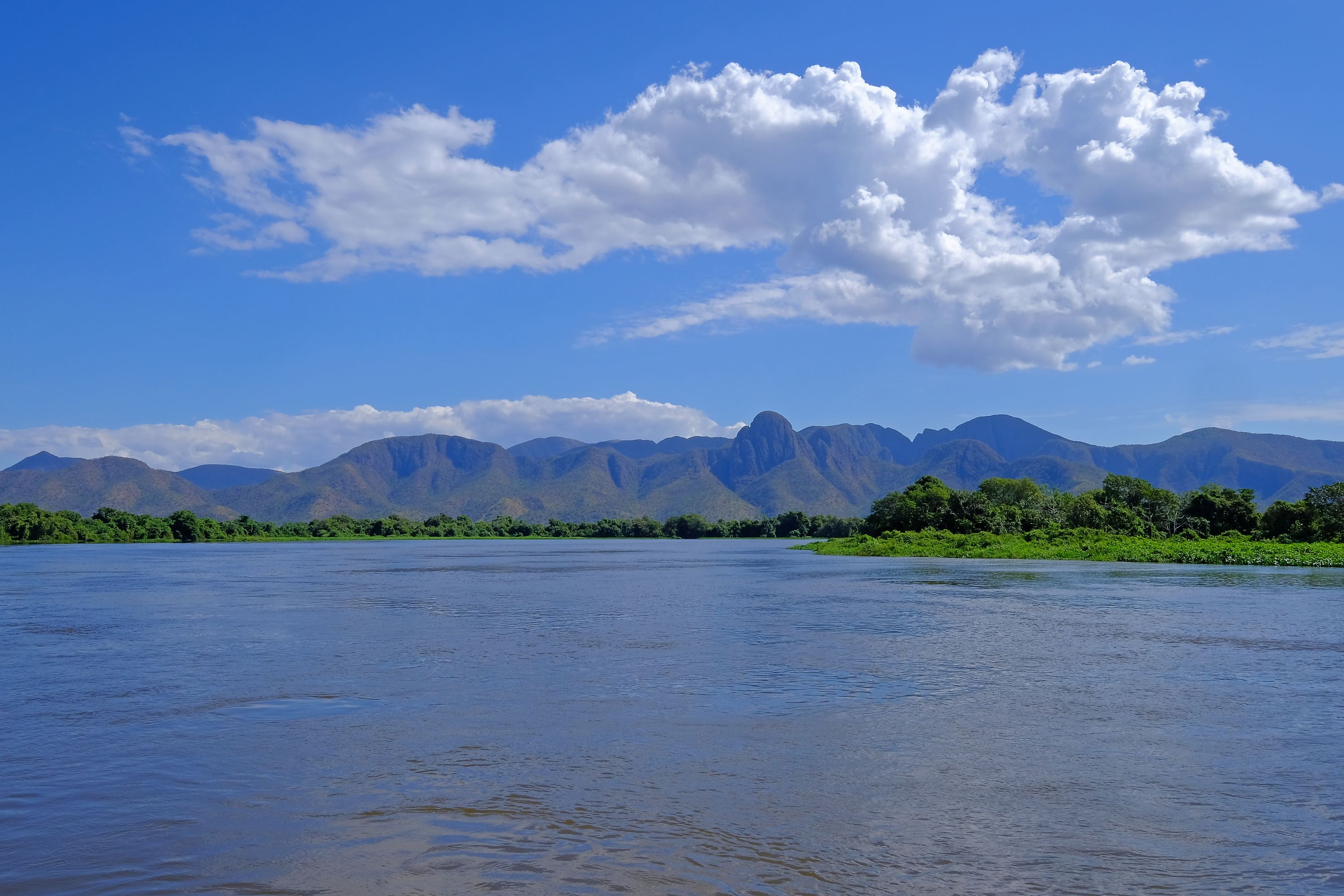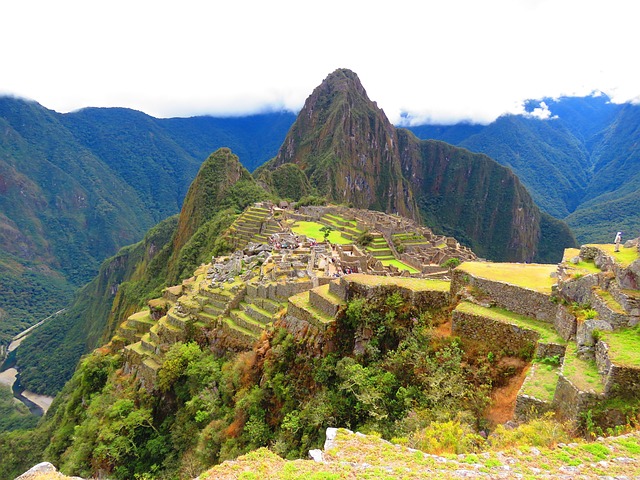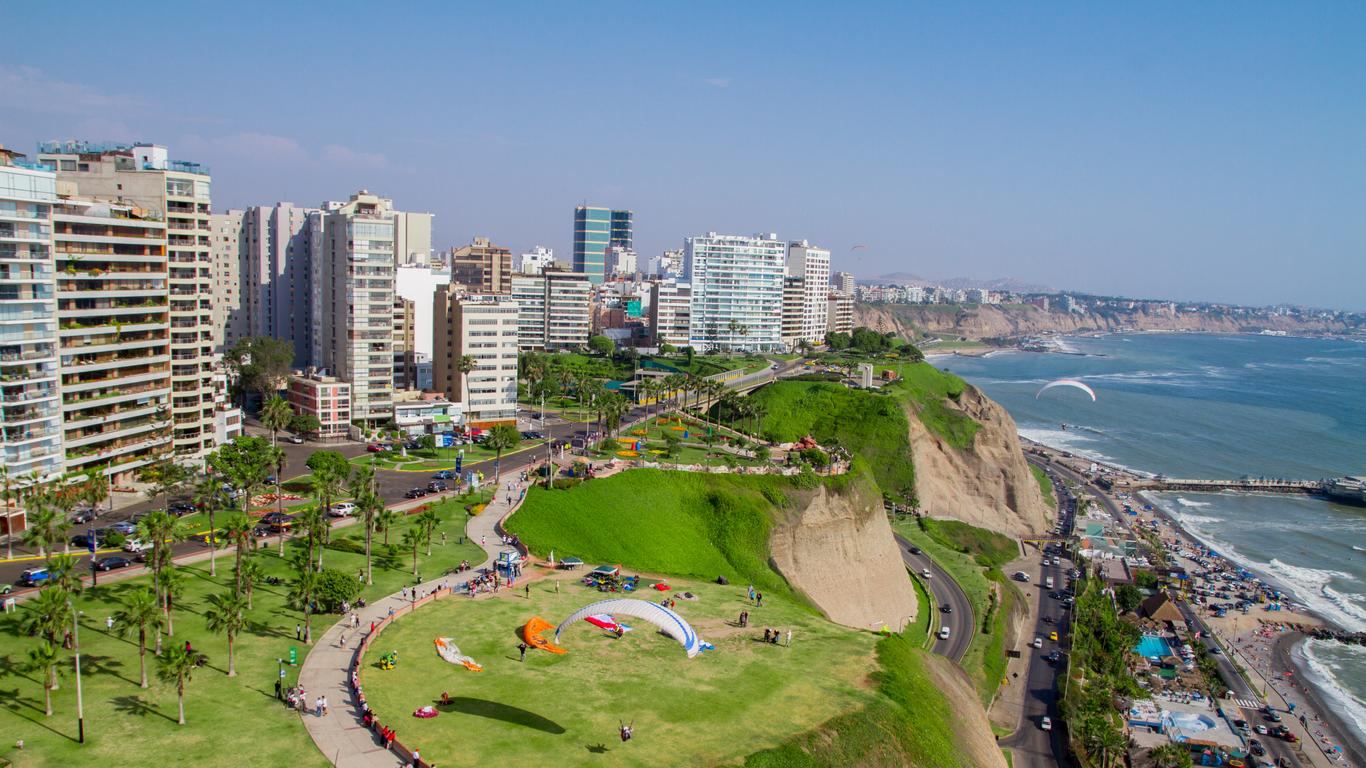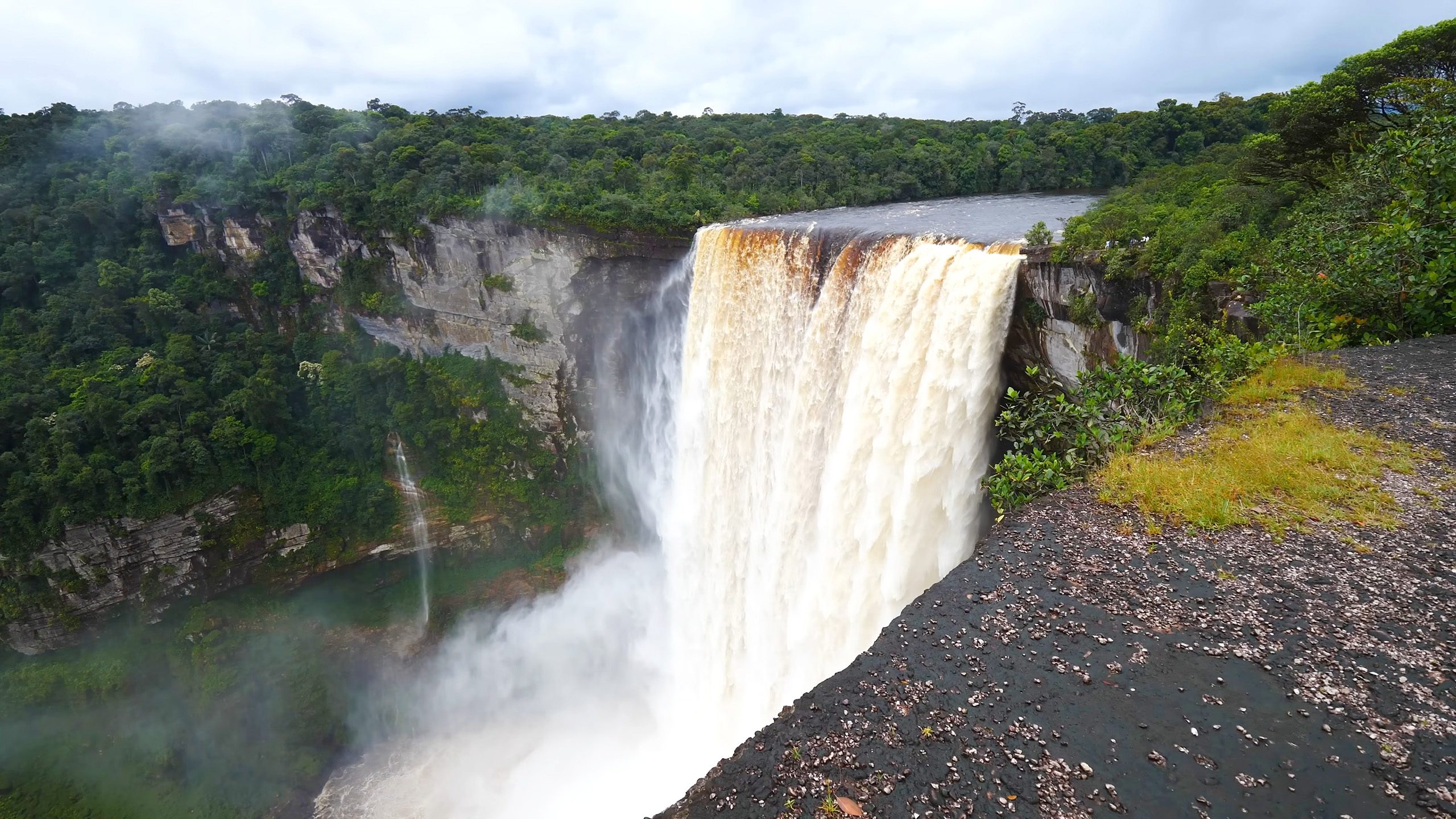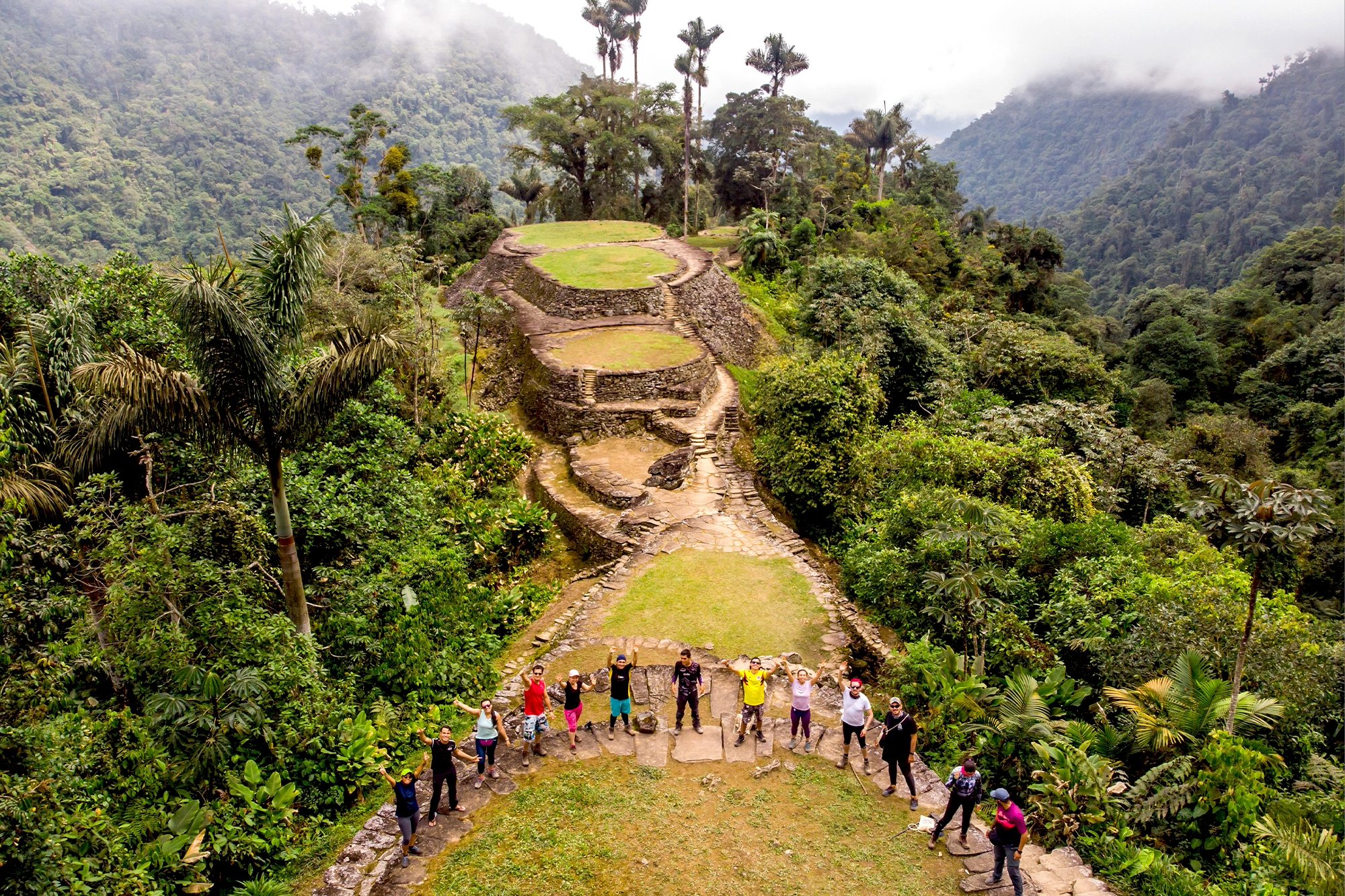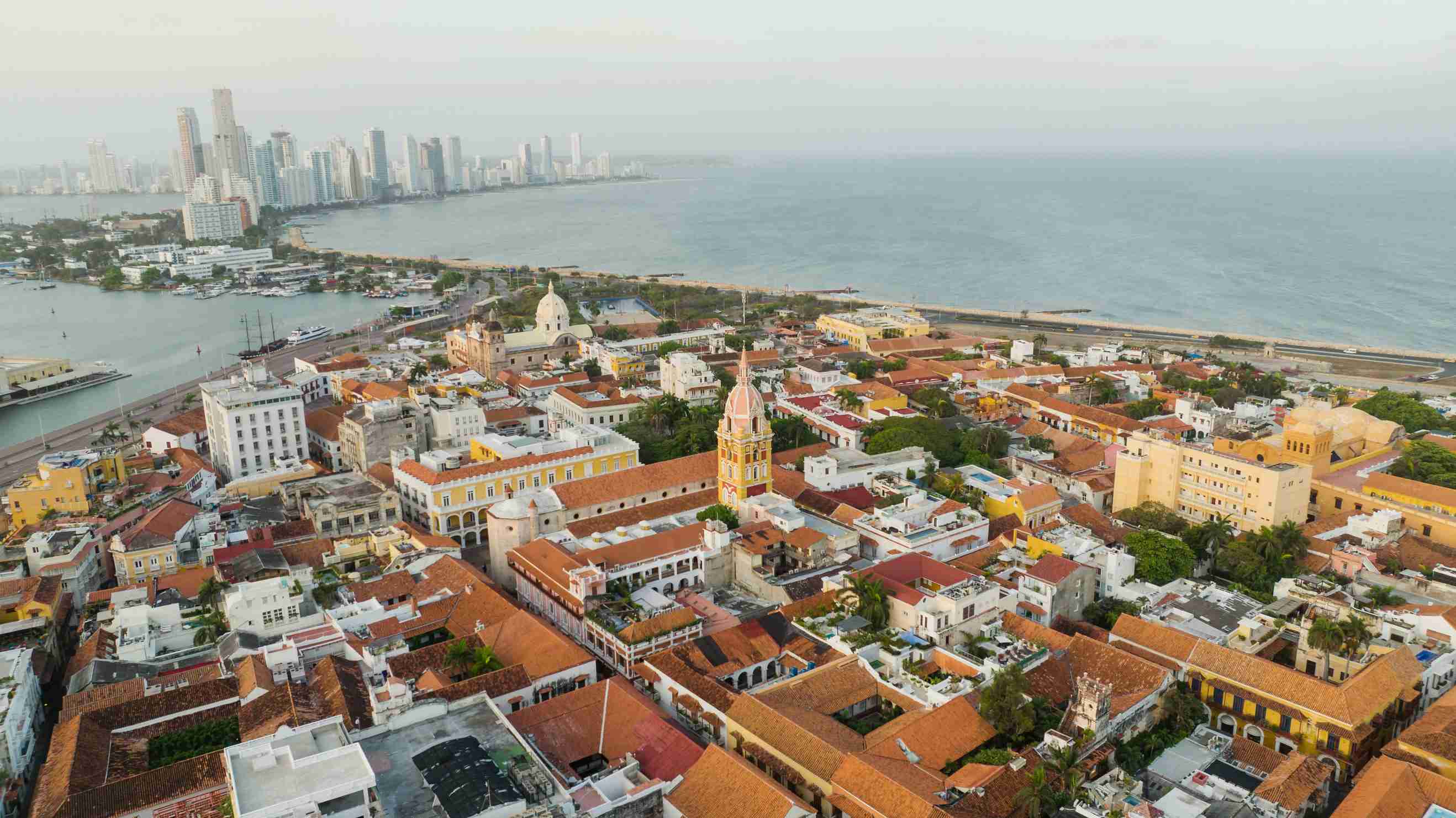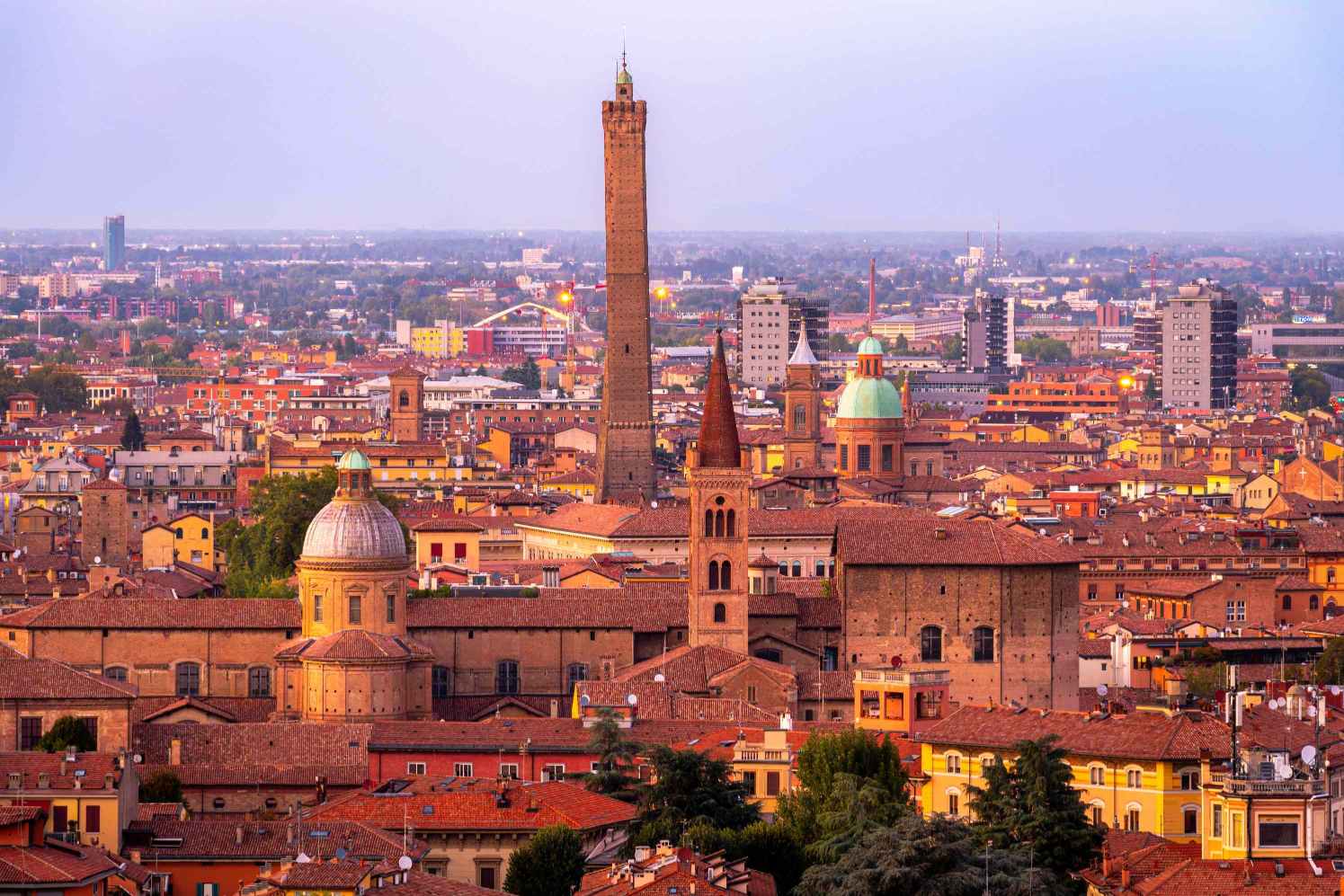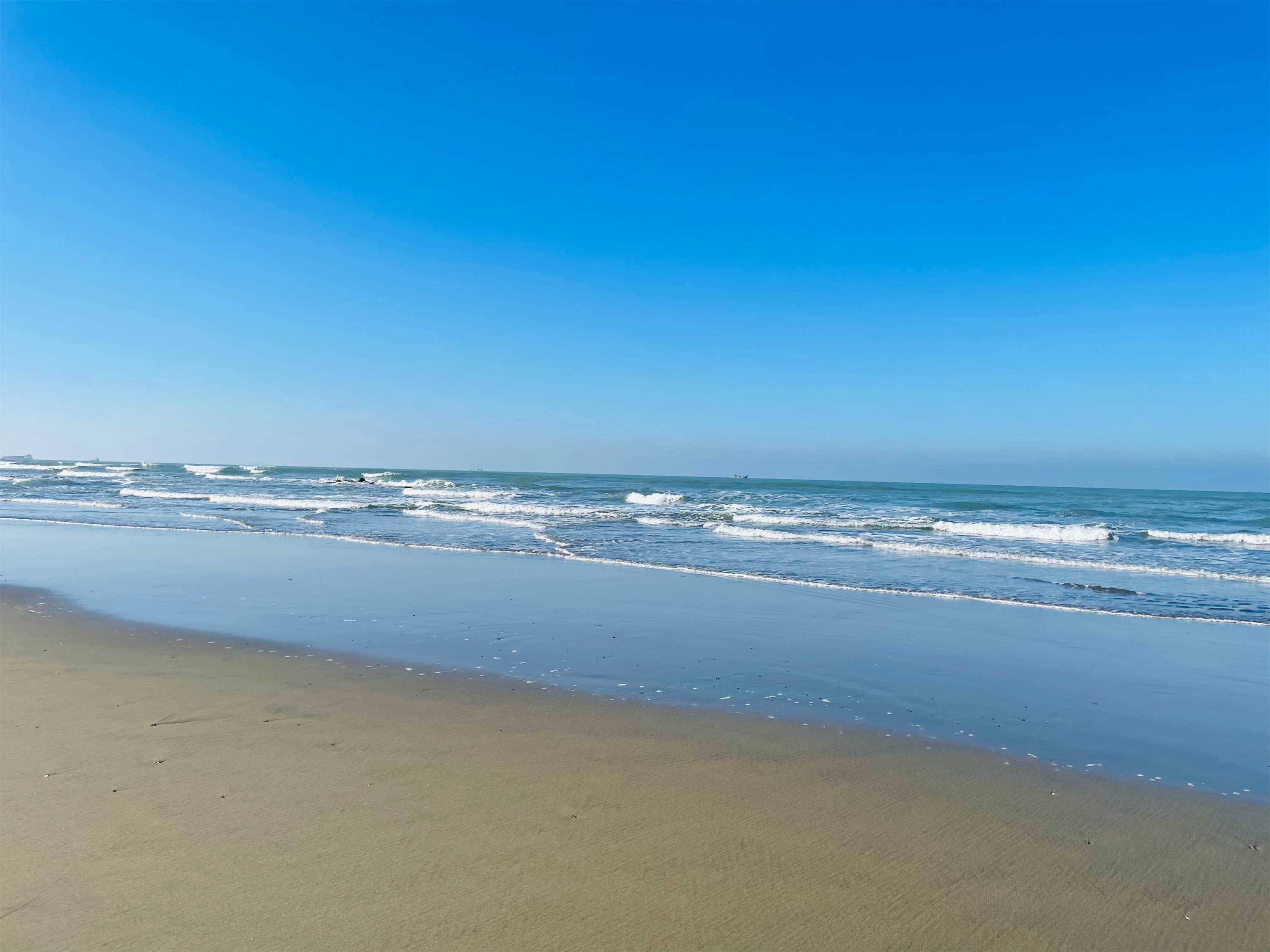Kruger National Park, located in northeastern South Africa, is one of the largest and most iconic game reserves in Africa. Spanning nearly 20,000 square kilometers (7,500 square miles), it is a haven for wildlife enthusiasts, nature lovers, and adventure seekers. Established in 1898, Kruger is home to an incredible diversity of flora and fauna, including the Big Five (lion, leopard, rhinoceros, elephant, and buffalo). With its vast landscapes, abundant wildlife, and well-maintained infrastructure, Kruger National Park offers an unforgettable safari experience.
Whether you’re a first-time visitor or a seasoned traveler, Kruger promises breathtaking encounters with nature, stunning sunsets, and the thrill of spotting wild animals in their natural habitat. This guide will take you through everything you need to know to plan your visit to this world-renowned park.
Main Attractions of Kruger National Park, South Africa
Kruger National Park is packed with incredible sights and experiences. Here are the top attractions you shouldn’t miss:
-
The Big Five:
- Kruger is one of the best places in the world to see the Big Five: lions, leopards, rhinoceroses, elephants, and buffaloes. These iconic animals are the highlight of any safari.
-
Birdwatching:
- With over 500 bird species, Kruger is a paradise for birdwatchers. Look out for the lilac-breasted roller, saddle-billed stork, and martial eagle.
-
Scenic Drives:
- The park has an extensive network of roads, making it easy to explore. Popular routes include the Sable River Loop and the Letaba River Road, which offer stunning views and frequent wildlife sightings.
-
Archaeological Sites:
- Kruger is home to several ancient rock art sites, such as Bushman Rock and Masorini Village, which provide a glimpse into the region’s rich cultural history.
-
Watering Holes:
- Visit popular watering holes like Lake Panic and Nkuhlu Picnic Spot, where animals gather to drink, offering excellent photo opportunities.
-
Night Drives and Guided Walks:
- Experience the park after dark on a night drive or explore the bush on foot with a guided walking safari. These activities offer a unique perspective on the park’s wildlife.
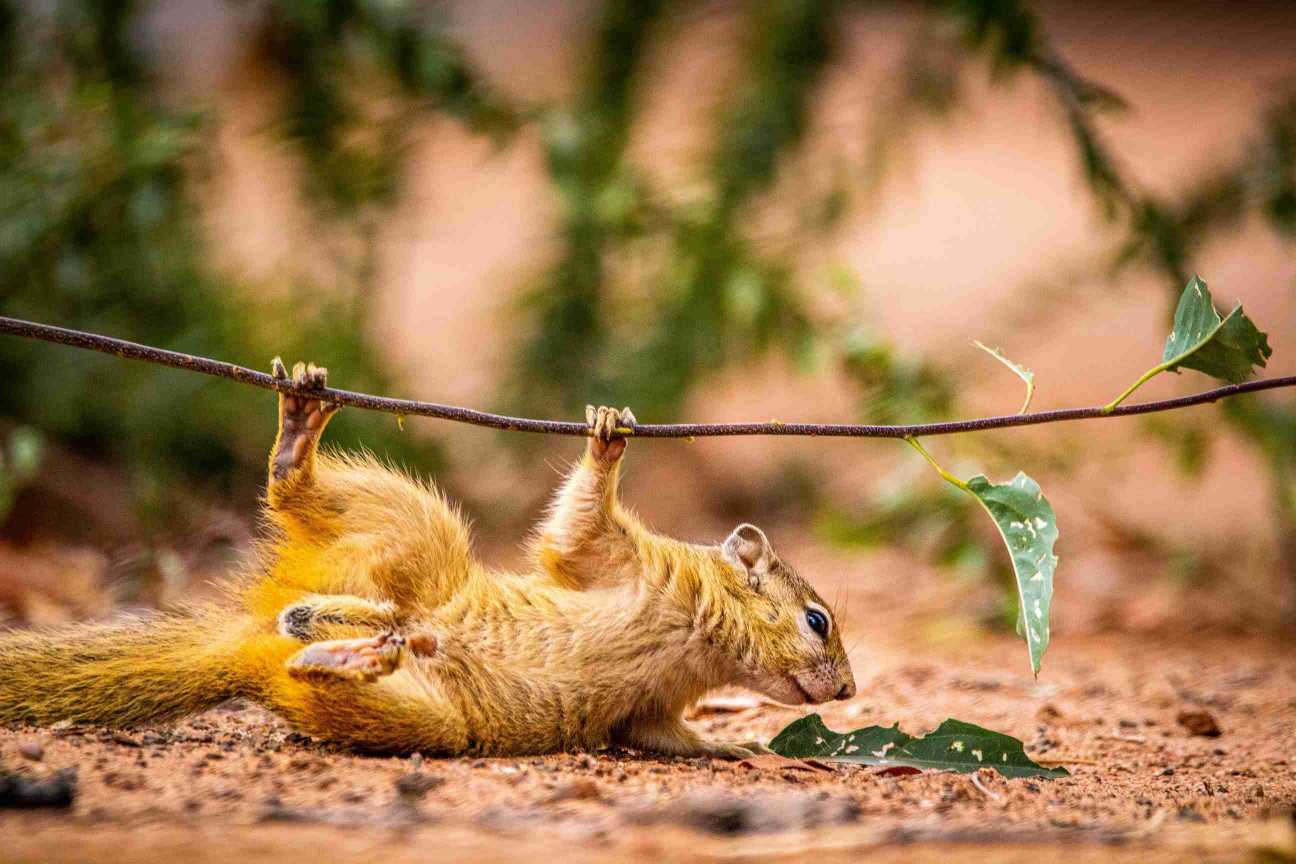
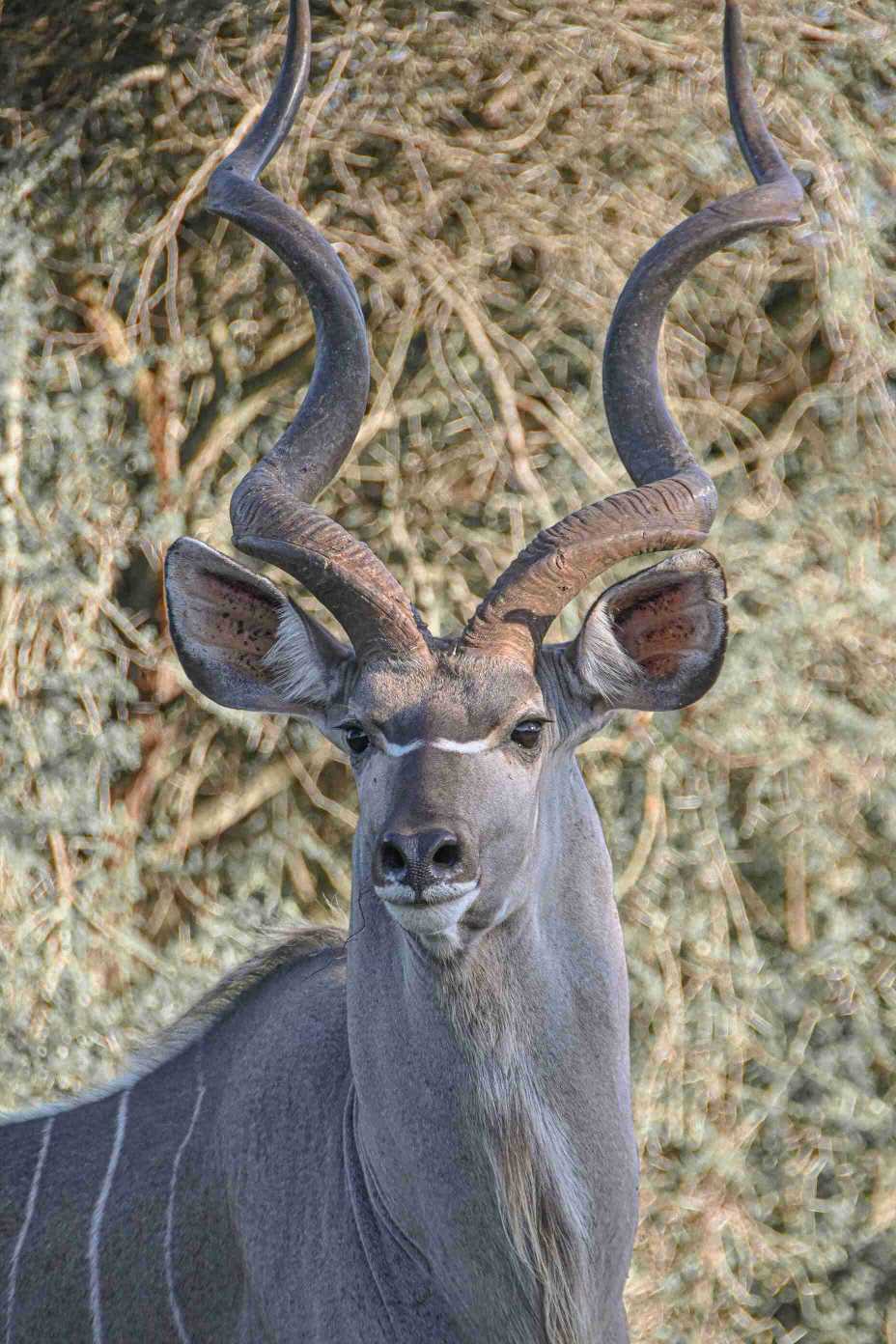
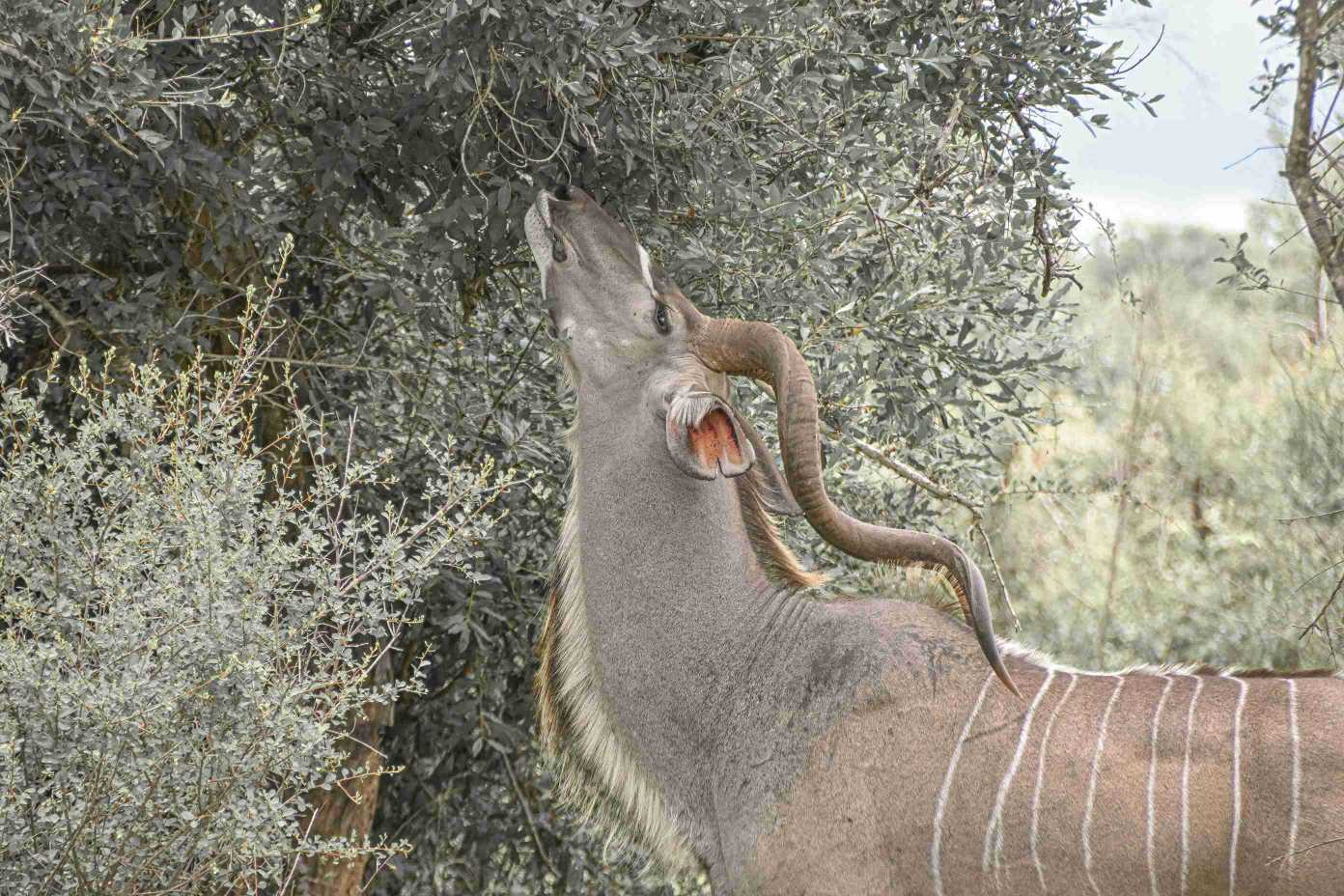
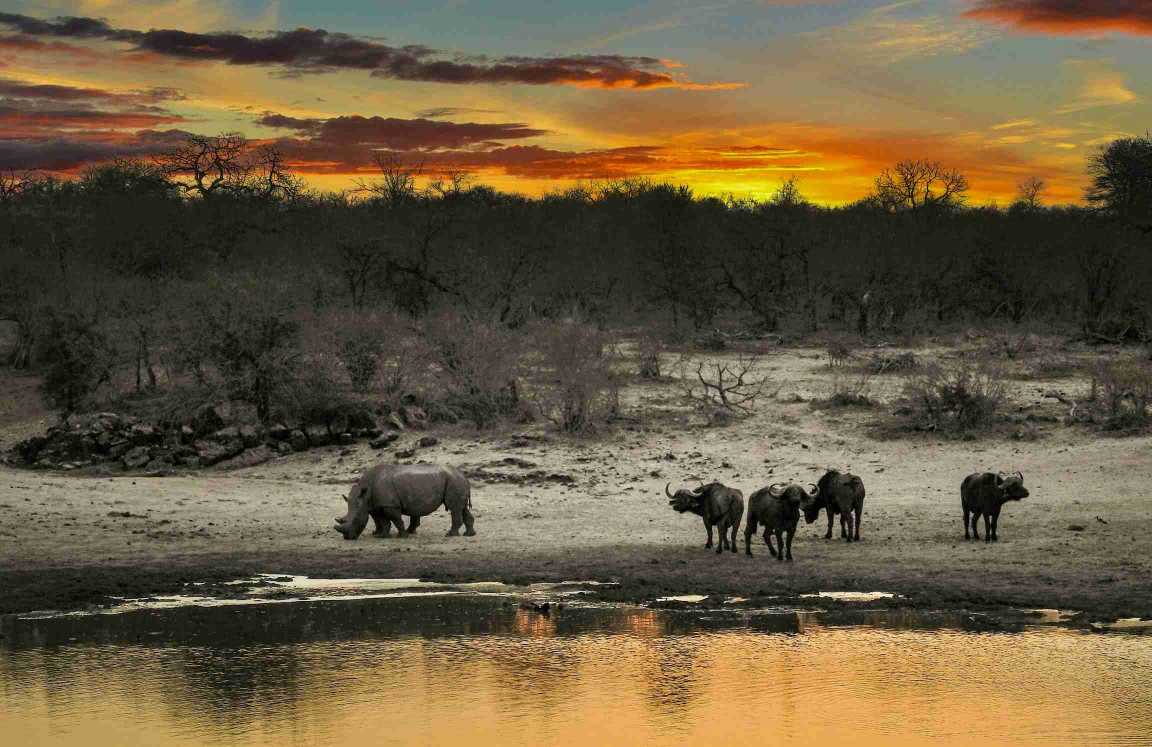
Culture of Kruger National Park, South Africa
Kruger National Park is not just about wildlife; it also has a rich cultural heritage. The park is located in an area historically inhabited by the Tsonga, Shangaan, and Sotho peoples. Visitors can explore cultural villages near the park to learn about traditional customs, music, and crafts.
The park itself has a fascinating history, from its establishment as a protected area to its role in conservation efforts. The Stevenson-Hamilton Memorial Library in Skukuza Camp offers insights into the park’s history and the work of early conservationists.
How to Reach Kruger National Park, South Africa
Kruger National Park is easily accessible from major cities in South Africa. Here’s how to get there:
-
By Air:
- The park has several airstrips, including Skukuza Airport and Phalaborwa Airport, which are served by domestic flights from Johannesburg and Cape Town.
- Alternatively, fly into Kruger Mpumalanga International Airport (KMIA) near Nelspruit, which is about a 1-hour drive from the park.
-
By Road:
- Kruger is well-connected by road. From Johannesburg, it’s about a 4-5 hour drive to the park’s southern gates, such as Numbi Gate or Paul Kruger Gate.
- From Nelspruit, it’s about a 1-hour drive to the park.
-
By Tour:
- Many tour operators offer guided safari tours to Kruger, including transportation from major cities.
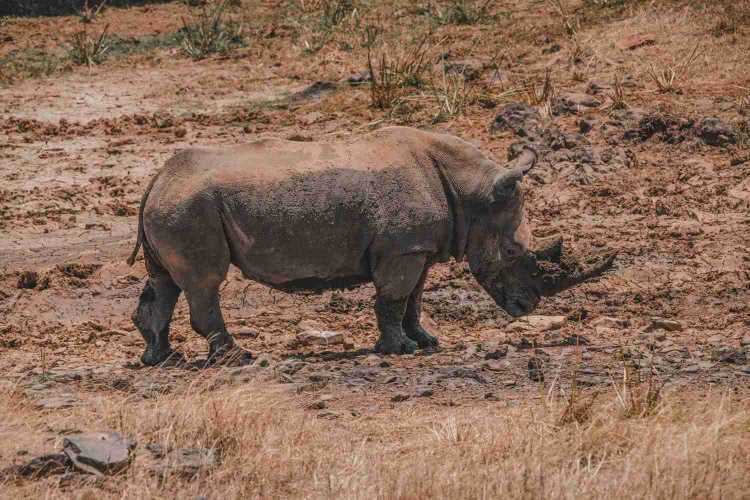

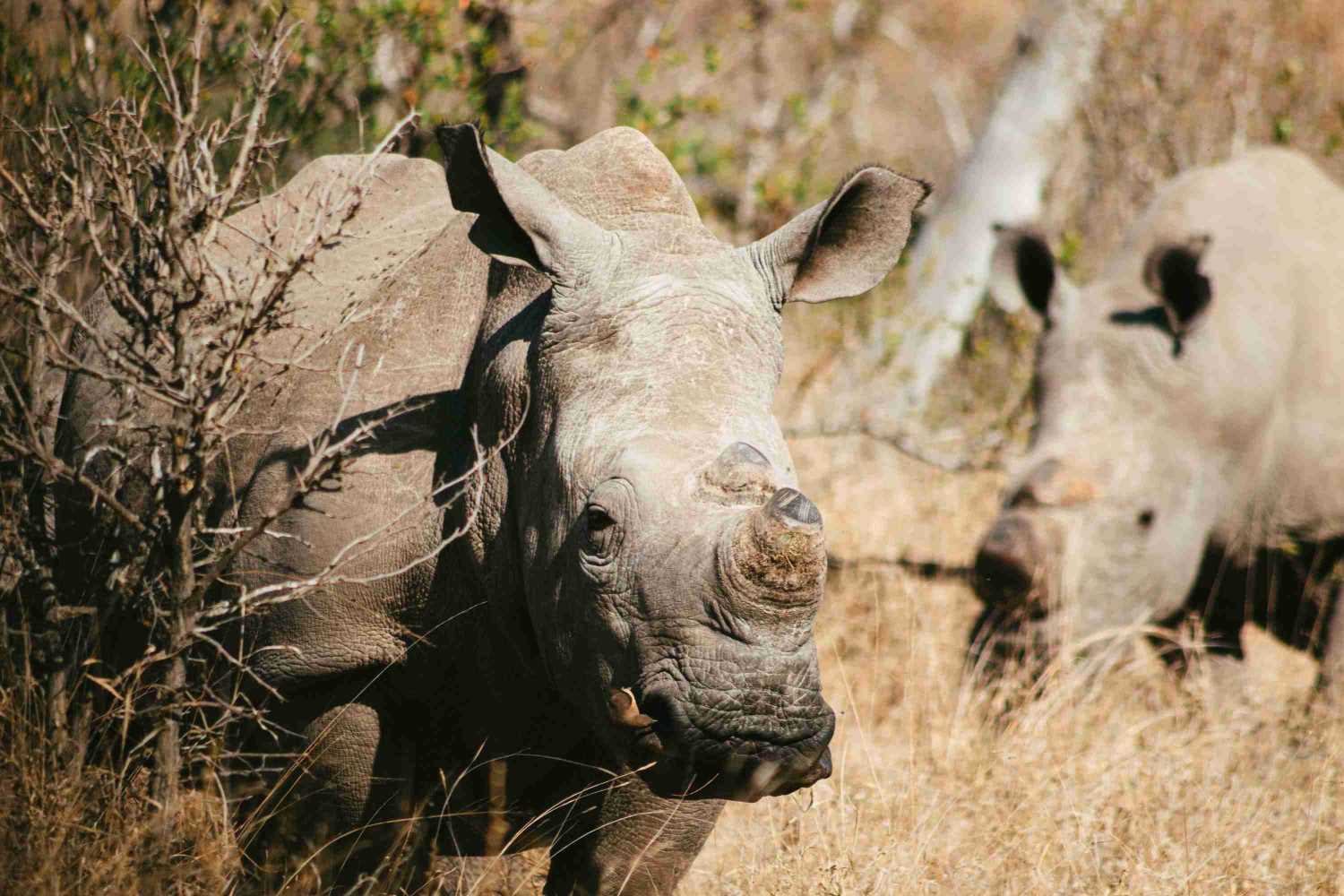

Accommodation Arrangements
Kruger National Park offers a wide range of accommodation options to suit all budgets:
-
Luxury Lodges:
- Singita Lebombo Lodge: A high-end lodge with stunning views of the N’wanetsi River.
- Lion Sands Ivory Lodge: Known for its luxurious suites and private game drives.
-
Rest Camps:
- Skukuza Rest Camp: The largest camp, offering chalets, camping, and a restaurant.
- Satara Rest Camp: Known for its excellent lion sightings and affordable accommodations.
-
Bushveld Camps:
- Bateleur Bushveld Camp: A secluded camp offering a more intimate experience.
- Shimuwini Bushveld Camp: Located along the Letaba River, perfect for birdwatching.
-
Camping:
- For budget travelers, several campsites offer basic facilities for tents and caravans.
Local Foods to Try
While visiting Kruger, don’t miss the chance to try South African cuisine. Here are some local dishes to savor:
- Braai (Barbecue): A traditional South African barbecue, often featuring boerewors (sausage) and steak.
- Biltong: Dried and cured meat, similar to jerky.
- Pap and Wors: Maize porridge served with sausage.
- Bobotie: A spiced minced meat dish topped with an egg-based topping.
- Malva Pudding: A sweet and sticky dessert, often served with custard.
Many rest camps have restaurants offering a mix of local and international dishes.


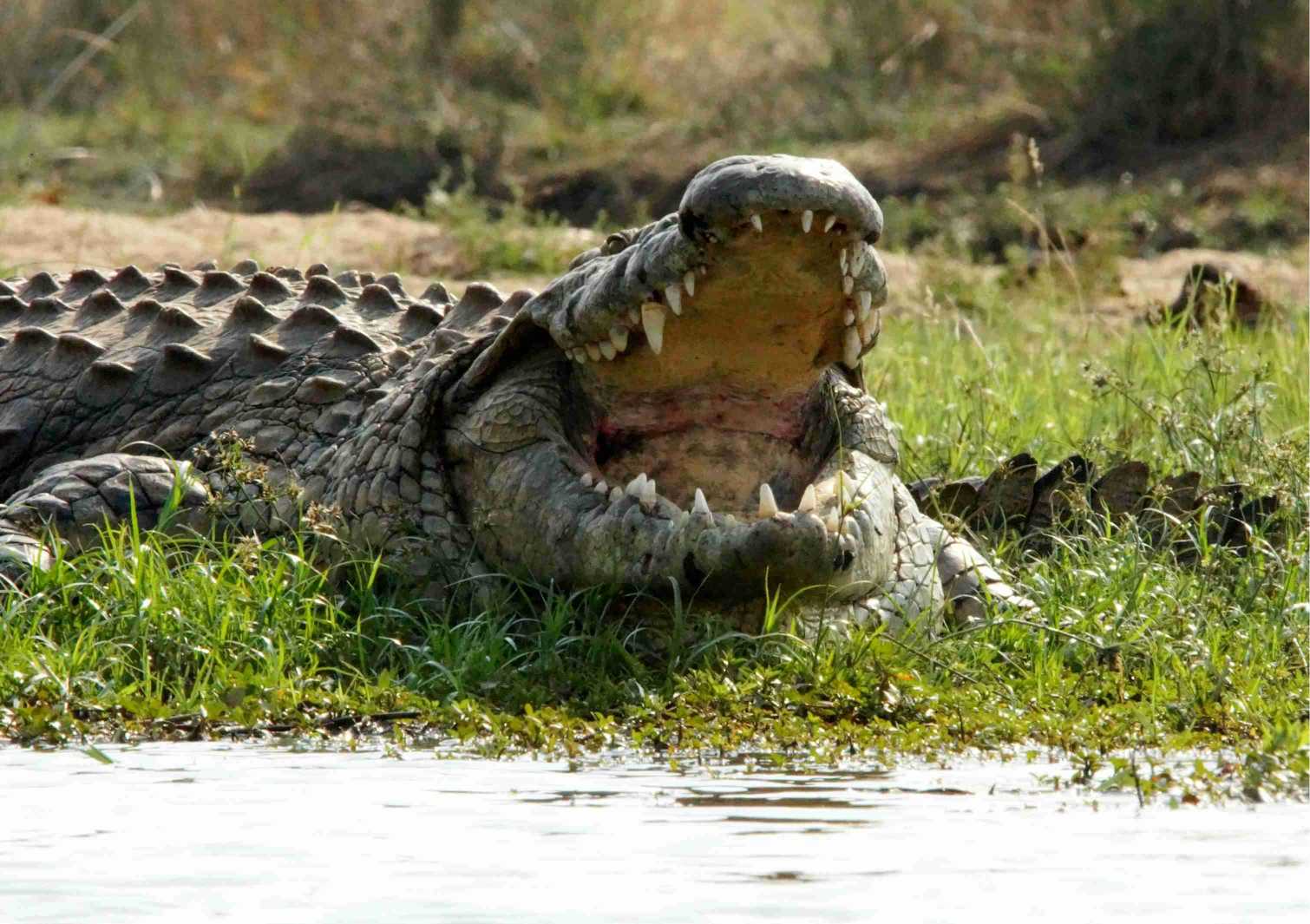
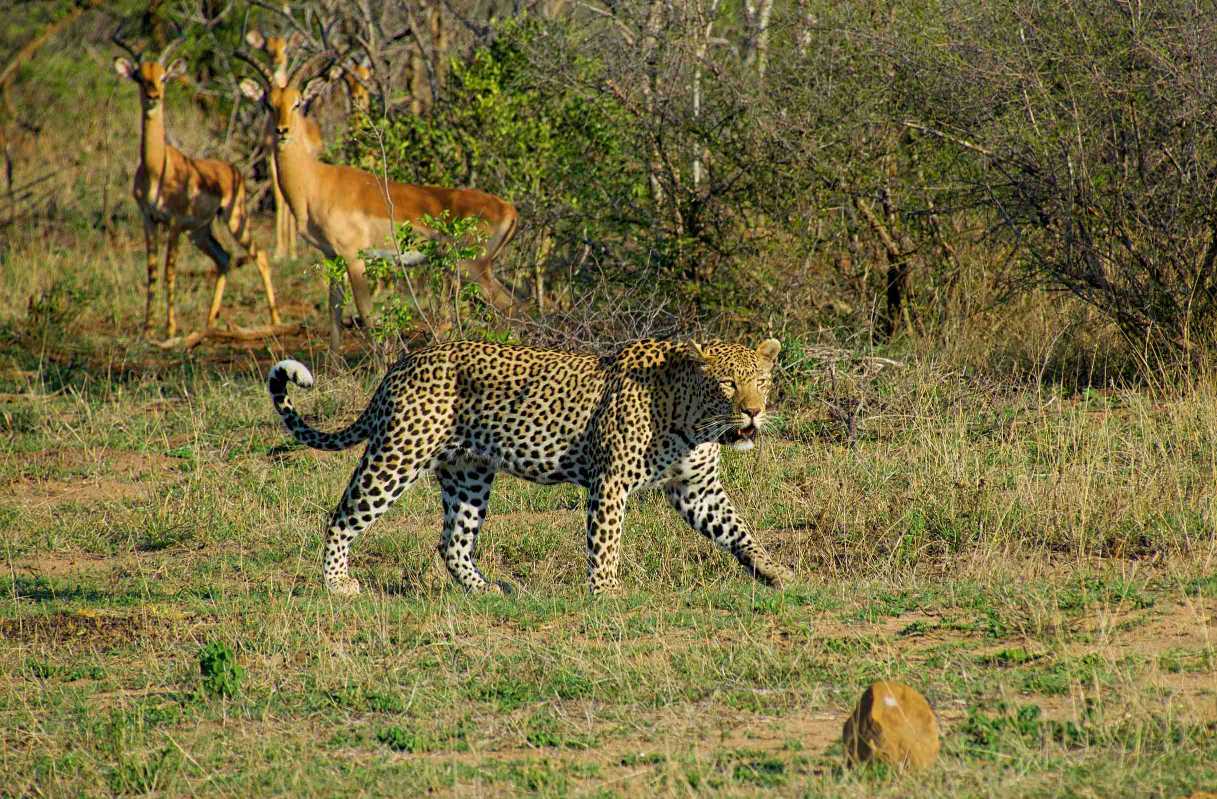
Best Time to Visit
The best time to visit Kruger National Park is during the dry season (May to September), when vegetation is sparse, and animals gather around waterholes, making wildlife easier to spot. The wet season (October to April) is ideal for birdwatching and seeing lush landscapes, but some roads may be inaccessible.
Where to Visit Nearby
While in the area, consider exploring these nearby attractions:
- Blyde River Canyon: One of the largest canyons in the world, offering breathtaking views.
- Panorama Route: A scenic drive featuring waterfalls, viewpoints, and quaint towns.
- Kapama Private Game Reserve: A luxury reserve offering exclusive safari experiences.
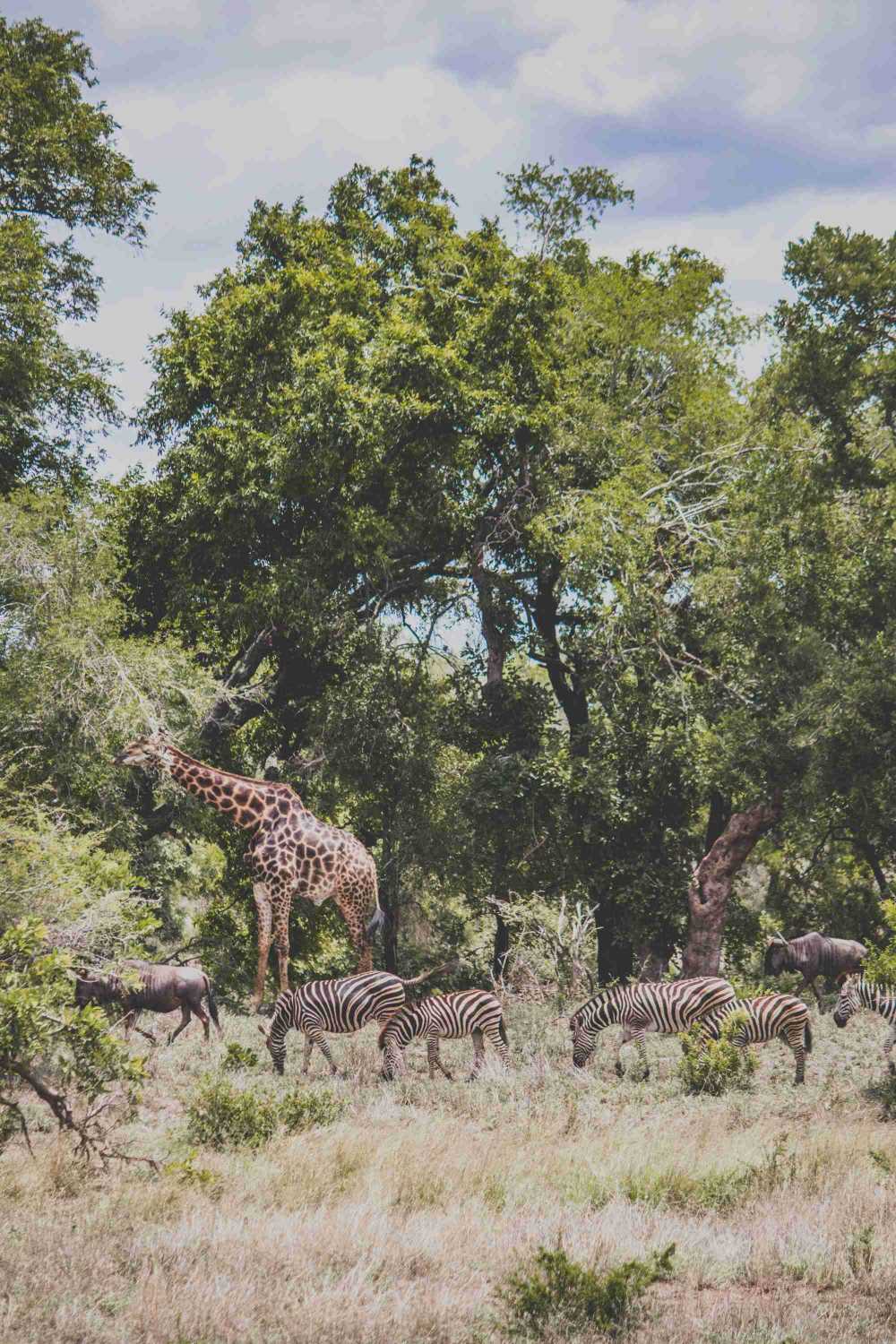
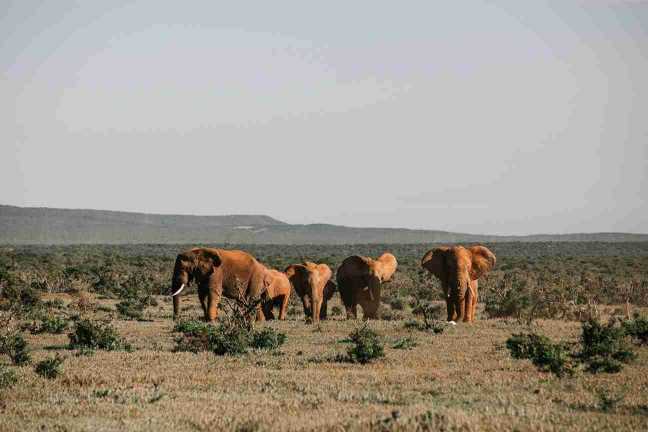
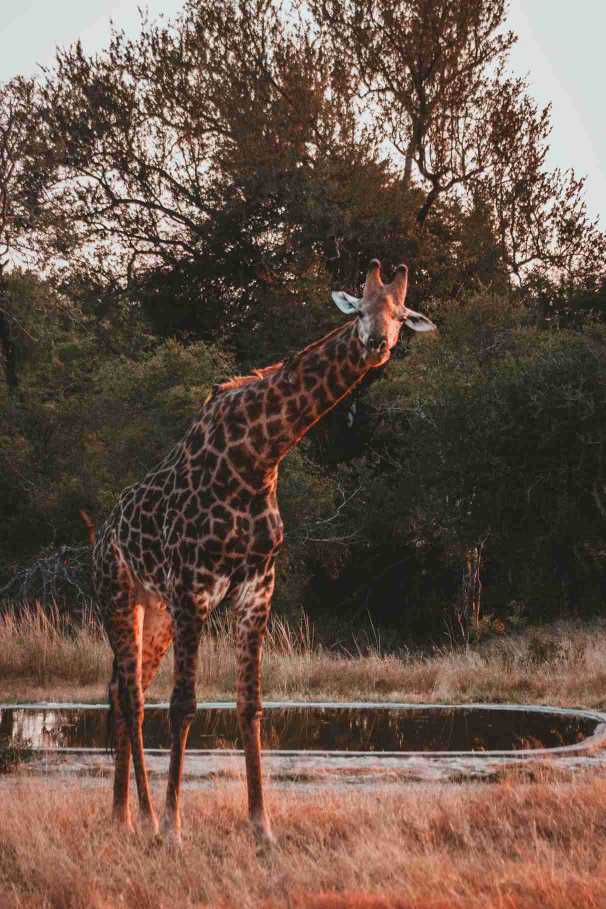
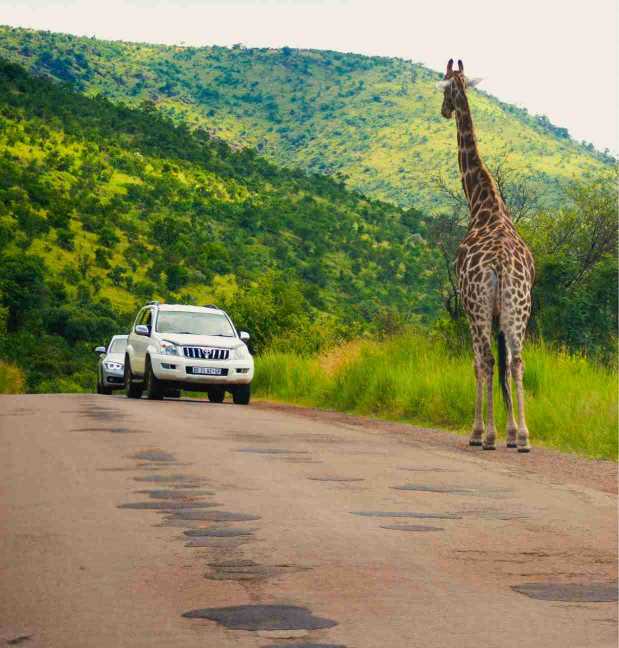
Where to Shop
- Curio Shops: Most rest camps have shops selling souvenirs like carved wooden animals, beadwork, and traditional crafts.
- Local Markets: Visit markets in nearby towns like Hazyview or Nelspruit for handmade goods and local produce.
Things to Do
- Game Drives: Explore the park in an open safari vehicle for the best wildlife sightings.
- Bush Walks: Join a guided walk to learn about the smaller details of the bush.
- Photography: Capture stunning landscapes and wildlife moments.
- Stargazing: Enjoy the clear night skies away from city lights.
What to Pack
- Neutral-colored clothing for safaris
- Comfortable walking shoes
- Binoculars and a camera
- Sunscreen, hat, and sunglasses
- Insect repellent
- A reusable water bottle
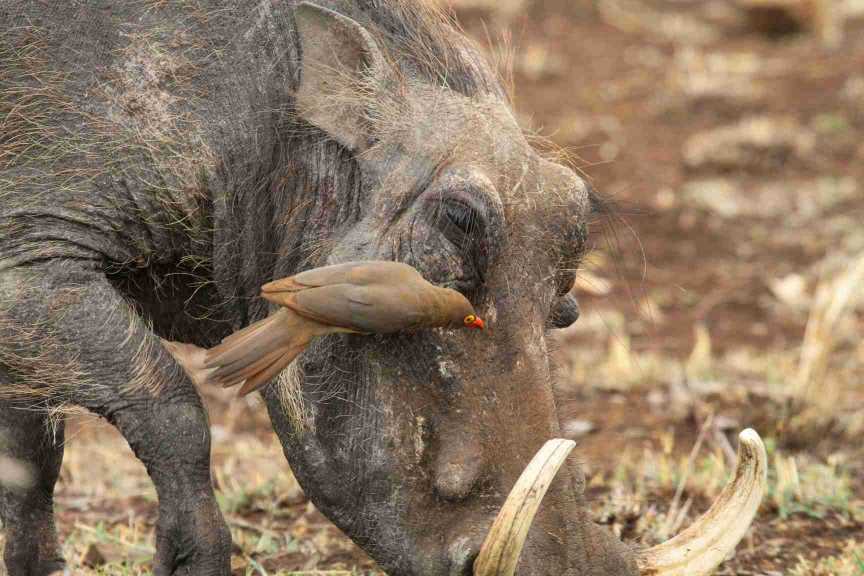
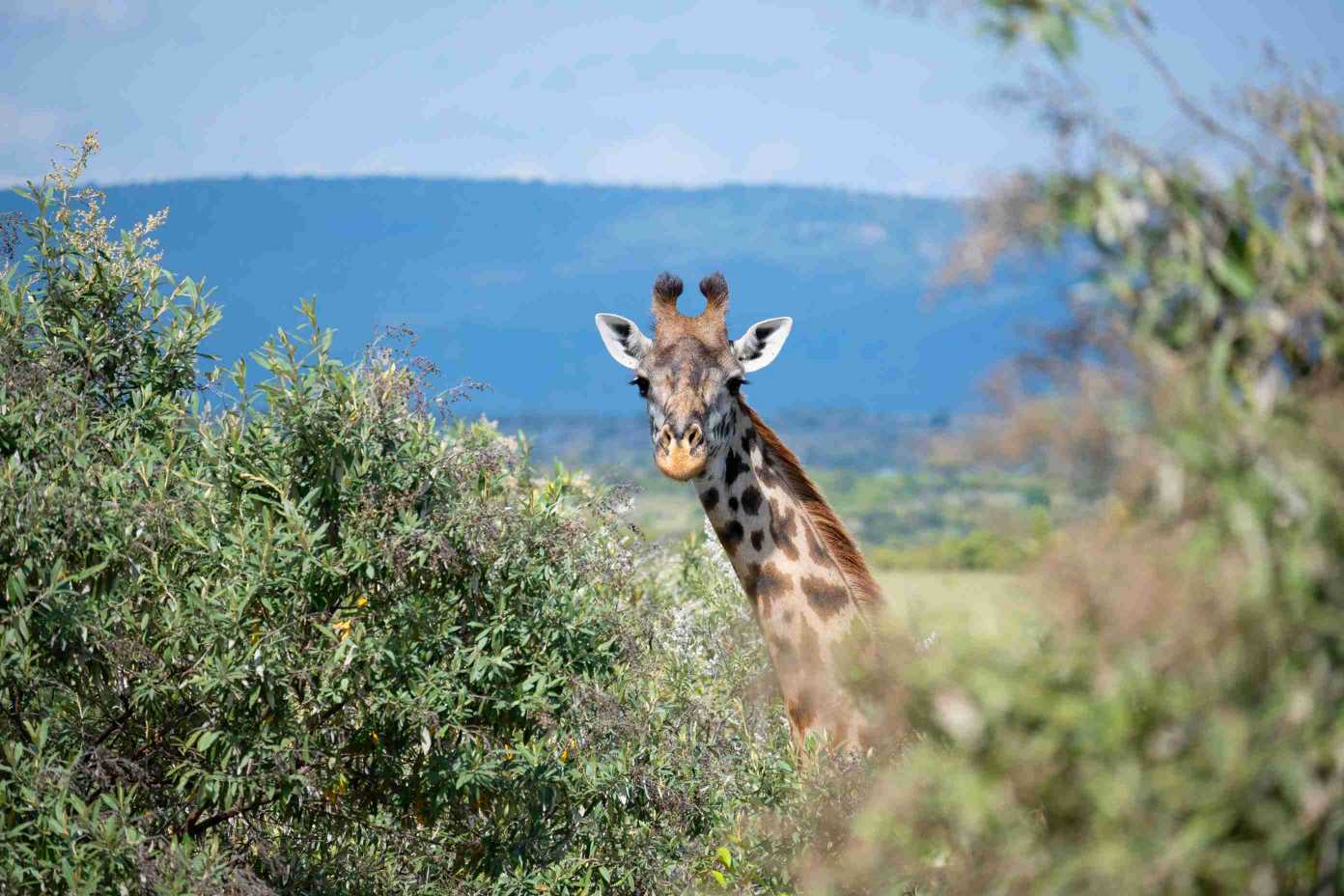
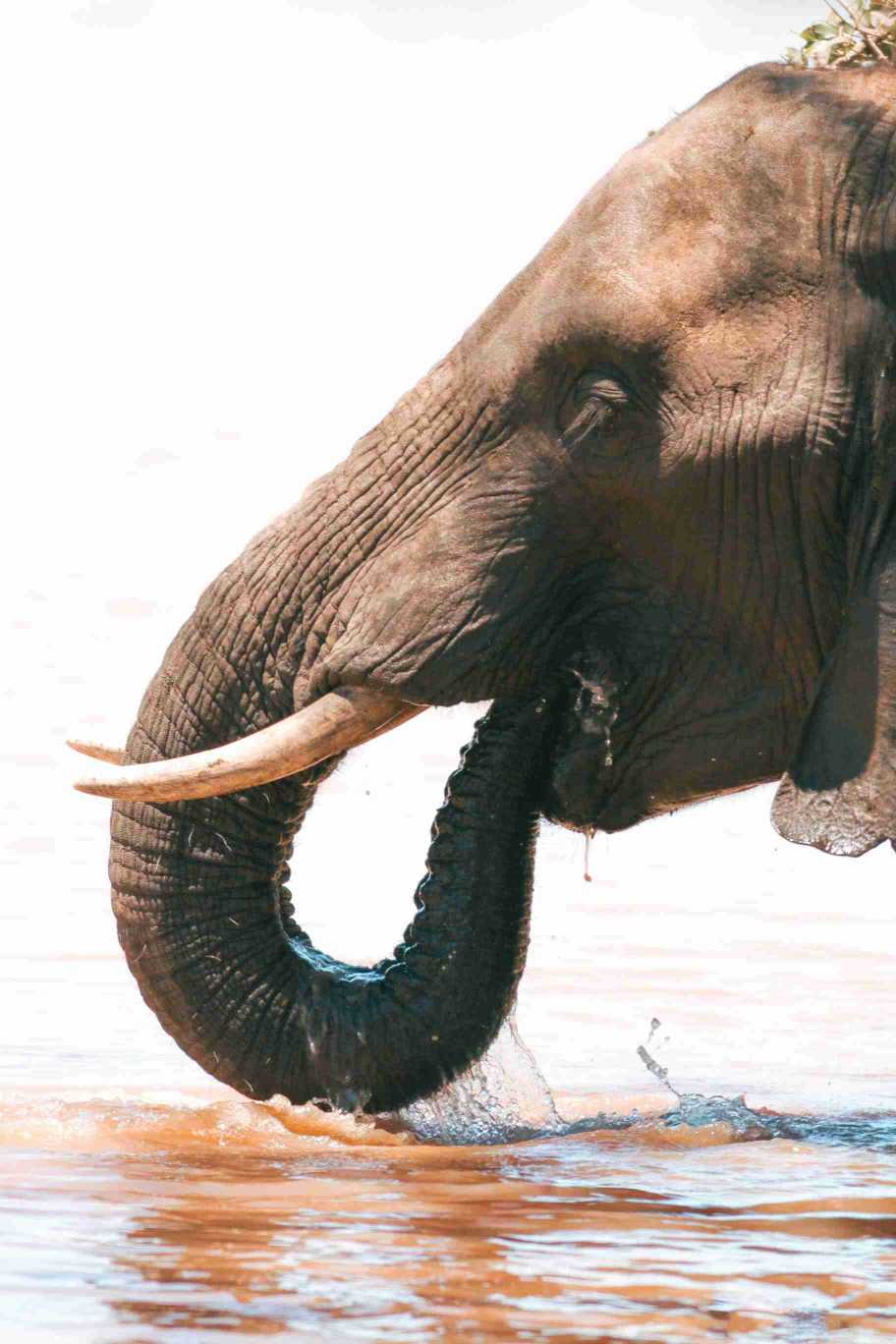
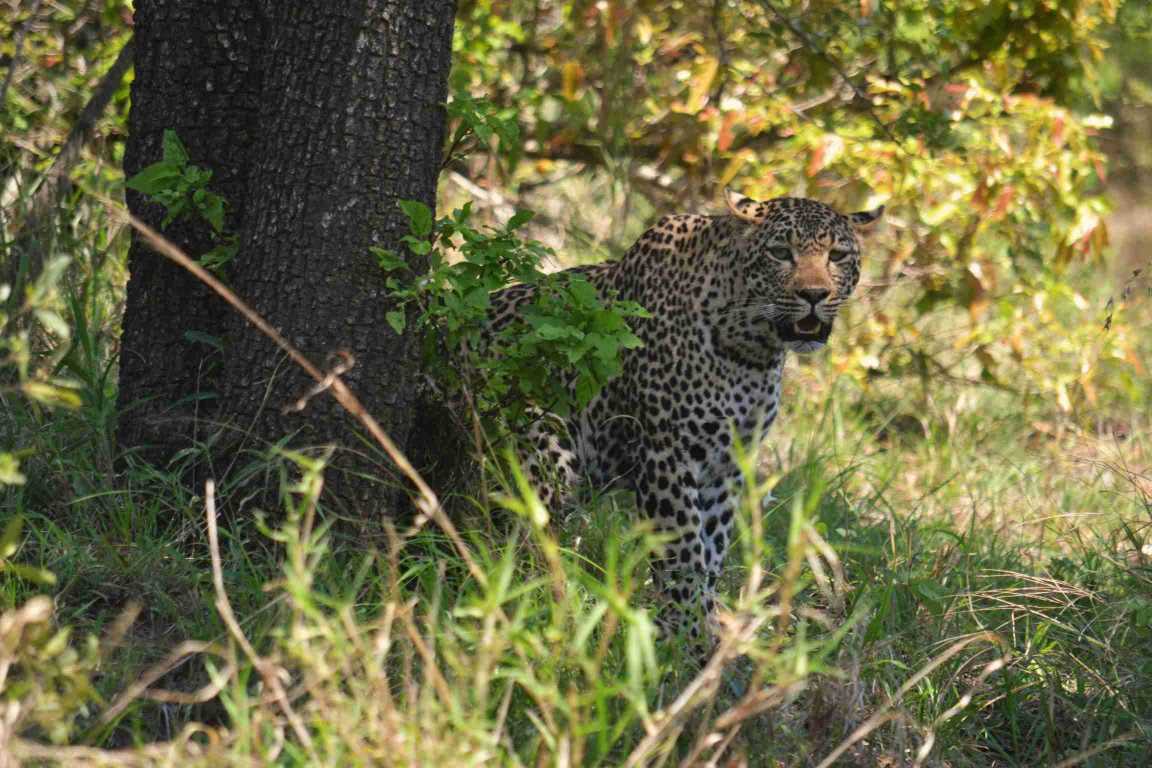
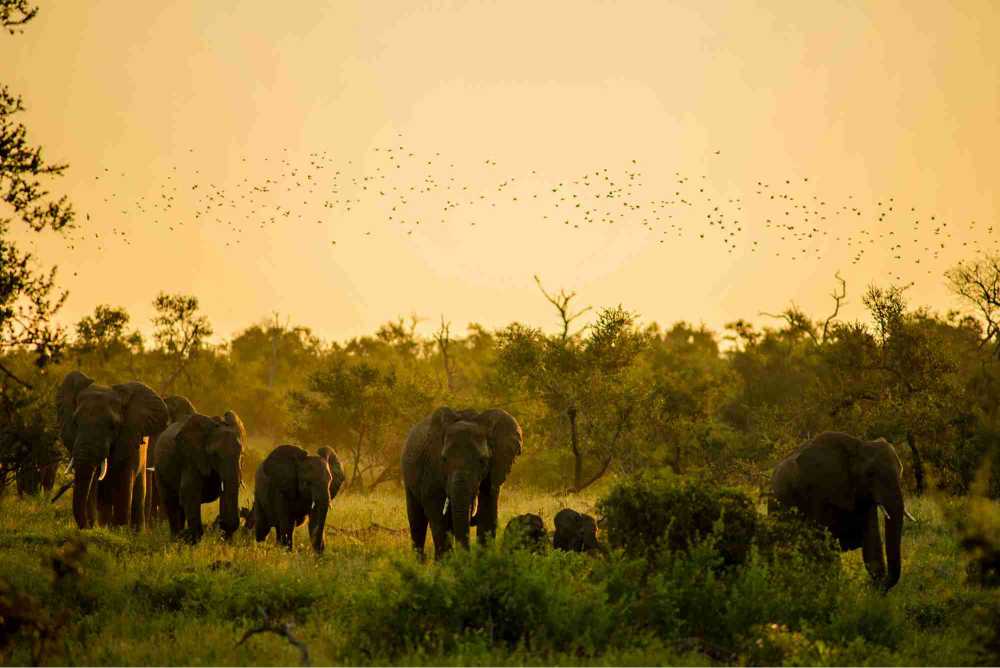
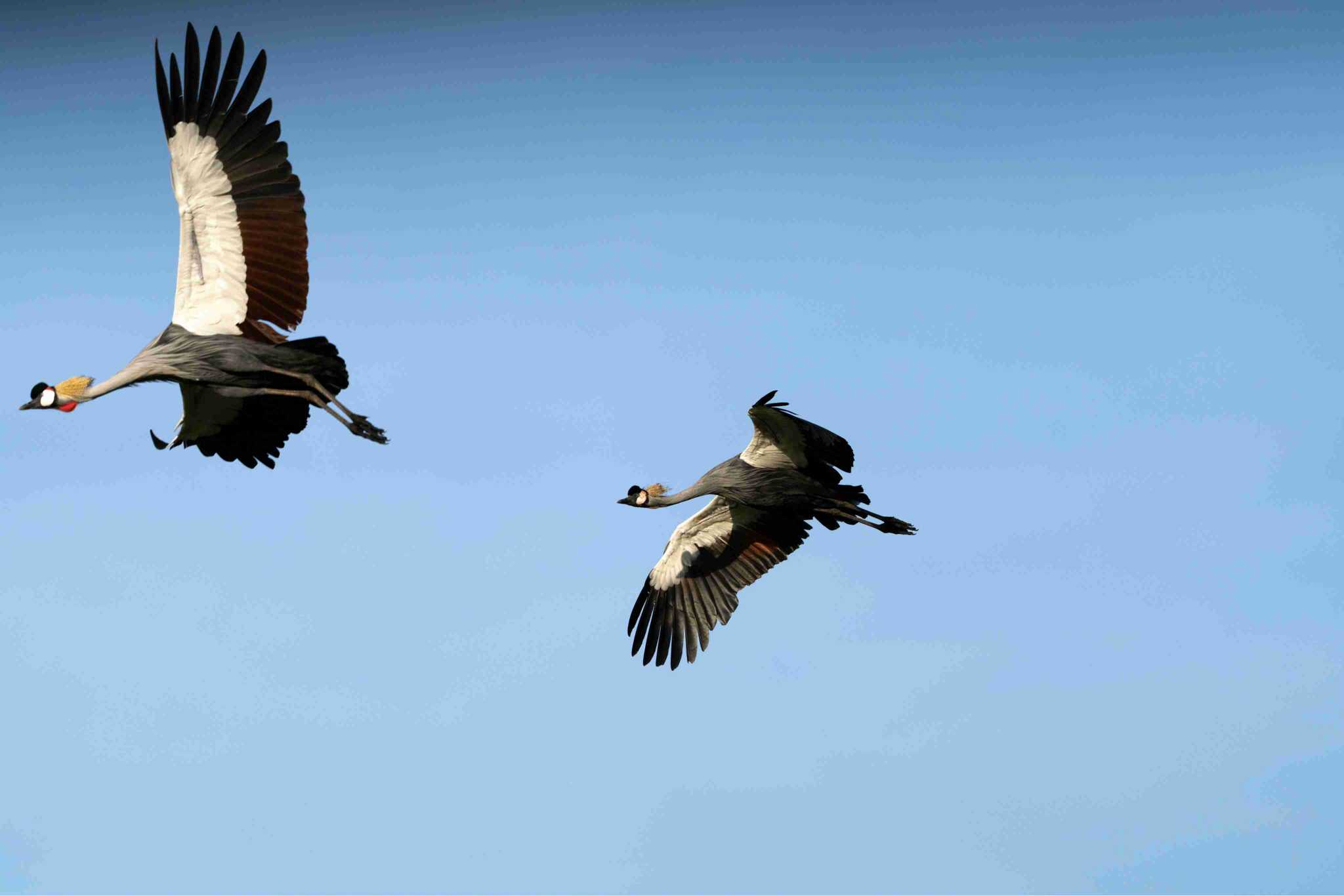
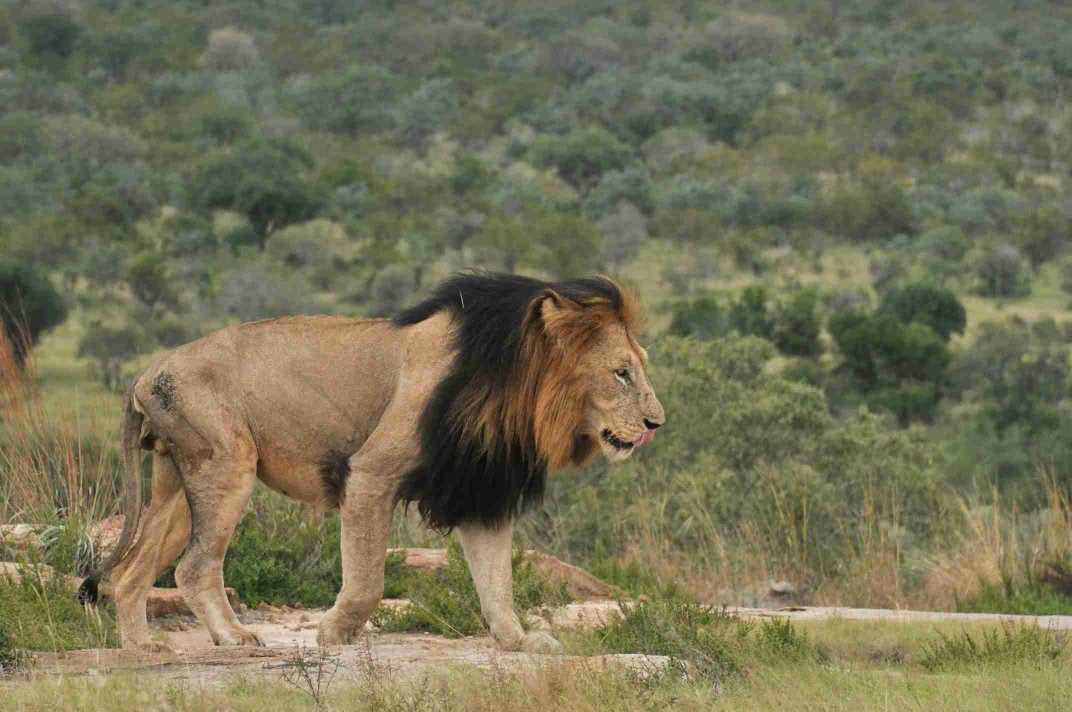
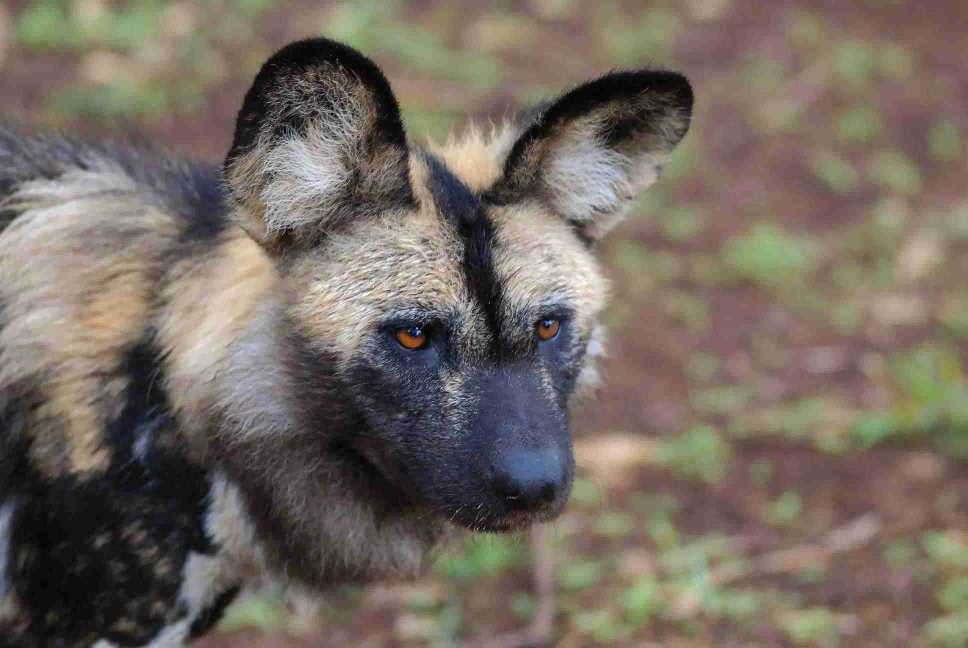
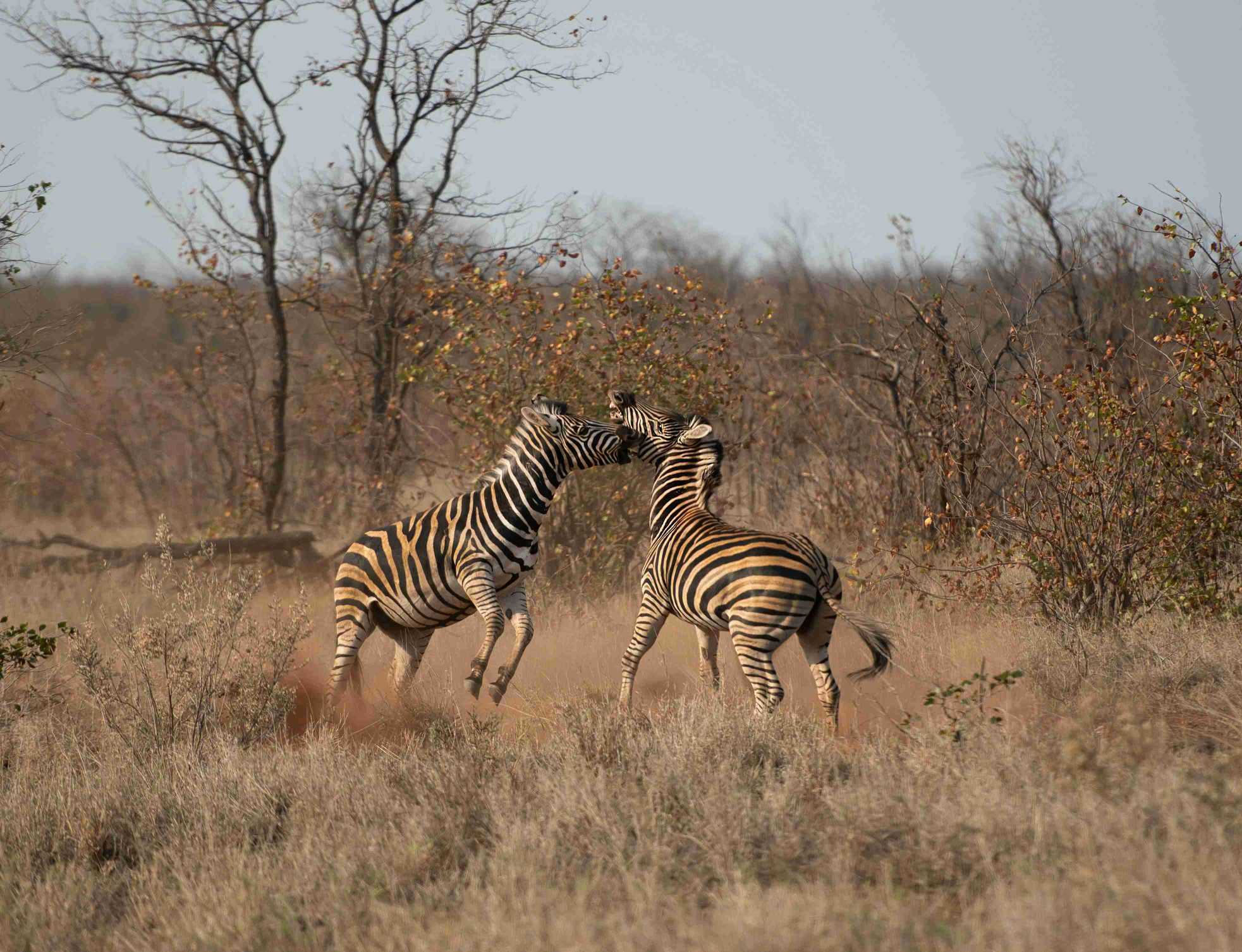
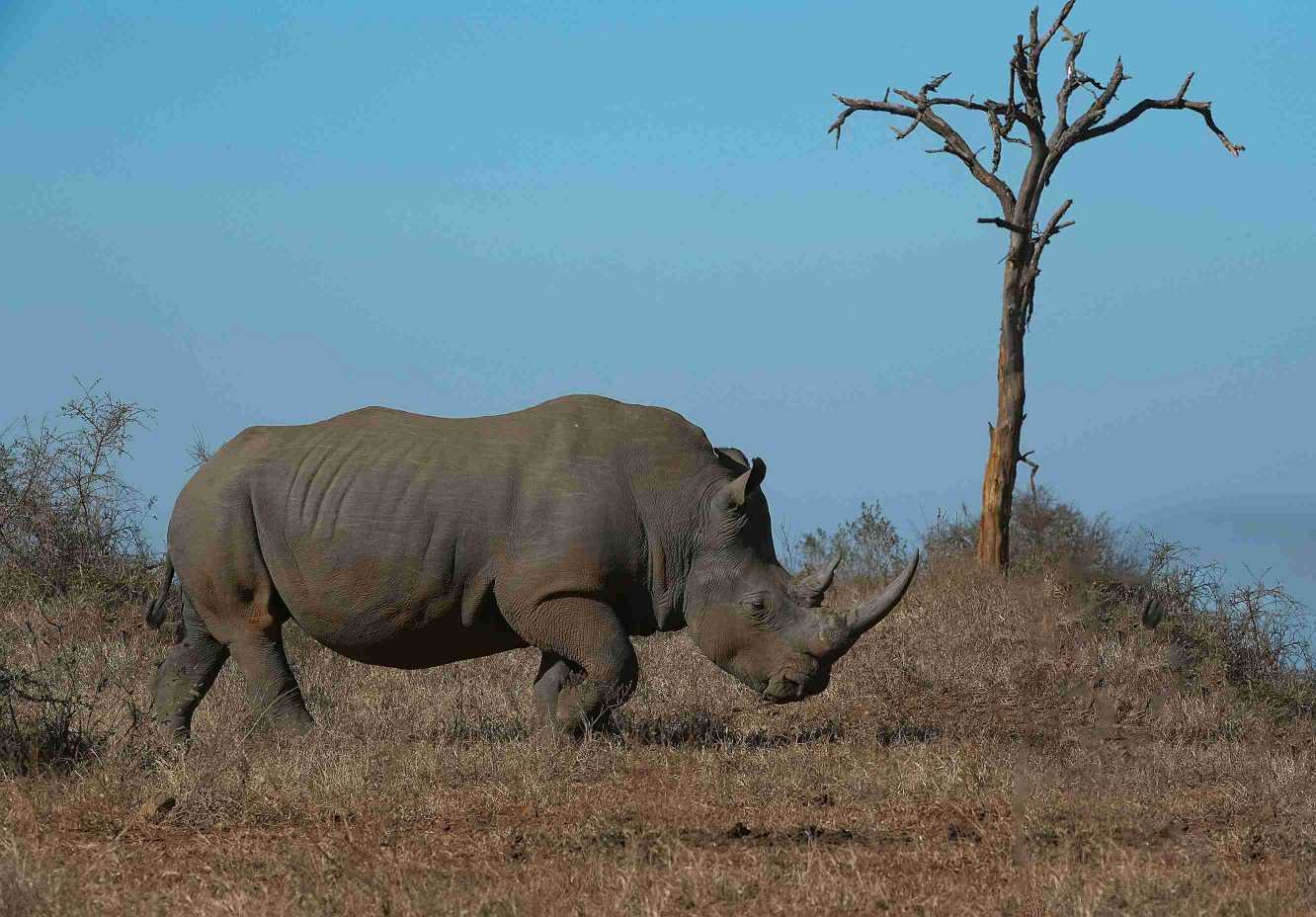

Kruger National Park is a must-visit destination for anyone seeking an authentic African safari experience. With its incredible wildlife, stunning landscapes, and rich cultural heritage, it offers something for everyone. Whether you’re spotting the Big Five, exploring ancient rock art, or simply soaking in the beauty of the African bush, Kruger promises memories that will last a lifetime.
FAQs
-
How many days are needed to explore Kruger?
- At least 3-4 days are recommended to explore the park thoroughly.
-
Is Kruger safe for tourists?
- Yes, Kruger is safe, but always follow park rules and stay inside your vehicle during game drives.
-
Can I self-drive in Kruger?
- Yes, self-driving is allowed, and the park has well-marked roads.
-
What is the entrance fee?
- The fee is around ZAR 440 per person per day for international visitors (subject to change).
-
Are there malaria risks in Kruger?
- Yes, Kruger is a malaria zone. Consult your doctor for prophylaxis before visiting.
-
What is the best way to book accommodations?
- Book through the SANParks website or reputable tour operators.
Kruger National Park is a true gem of South Africa, offering an unparalleled safari adventure. Plan your trip well, and get ready for an unforgettable journey into the wild!


